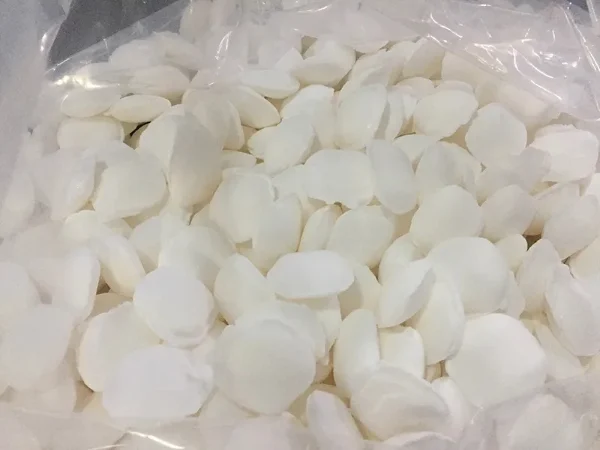
Sodium cyanide (NaCN) is a chemical compound widely used in various industrial processes, such as gold mining, electroplating, and chemical synthesis. However, its extreme toxicity poses significant risks to human health and the environment if not handled properly. This article aims to provide a comprehensive overview of the proper and compliant use of Sodium cyanide to avoid accidents.
Understanding the Hazards of Sodium Cyanide
Toxicity to Humans
Sodium cyanide is a highly toxic substance. Inhalation, ingestion, or skin contact with it can lead to serious health consequences. When ingested, even in small amounts, it can cause rapid poisoning. Symptoms of acute cyanide poisoning include headache, dizziness, nausea, vomiting, rapid breathing, and in severe cases, loss of consciousness and death. Prolonged or repeated exposure to lower levels can also lead to chronic health problems, such as nerve damage, respiratory issues, and thyroid problems.
Environmental Risks
Improper disposal or release of Sodium Cyanide into the environment can have devastating effects. In water bodies, it can be highly toxic to aquatic life. When sodium cyanide decomposes, it can release hydrogen cyanide gas, which is not only extremely poisonous but also flammable. This gas can pose a significant risk to air quality and the health of nearby communities.
Safety Measures in Handling Sodium Cyanide
Personal Protective Equipment (PPE)
Workers handling sodium cyanide must always wear appropriate PPE. This includes chemical-resistant gloves, safety goggles or face shields to protect the eyes from splashes, and respirators with appropriate cartridges to prevent inhalation of dust or gas. A full-body chemical-resistant suit should be worn in situations where there is a high risk of exposure, such as during large-scale handling or in the event of a spill.
Safe Handling Procedures
Training: All personnel involved in the handling of sodium cyanide should receive comprehensive training on its properties, hazards, and safe handling procedures. This training should be regularly updated to ensure that workers are aware of the latest safety information.
Avoiding Contamination: Never eat, drink, or smoke in areas where sodium cyanide is being handled. Wash hands thoroughly with soap and water after handling the chemical, and avoid touching the face, eyes, or mouth to prevent accidental ingestion.
Spill Response: In the event of a spill, immediate action is crucial. Workers should be trained to use spill kits, which typically contain absorbent materials to soak up the spilled sodium cyanide. The area should be cordoned off to prevent unauthorized access, and the spill should be cleaned up in accordance with local regulations.
Storage of Sodium Cyanide
Storage Facilities
Sodium cyanide should be stored in a dedicated, well-ventilated, and secure storage area. The storage facility should be designed to prevent leaks and spills, and it should be equipped with appropriate drainage systems to contain any accidental releases. The area should also be clearly marked with warning signs indicating the presence of a toxic substance.
Storage Conditions
Temperature and Humidity Control: Sodium cyanide should be stored in a cool, dry place away from direct sunlight. High temperatures and humidity can accelerate its decomposition, increasing the risk of hydrogen cyanide gas release.
Separation from Incompatible Substances: It is essential to store sodium cyanide away from acids, oxidizing agents, and other substances that can react with it. For example, when sodium cyanide comes into contact with acids, it can produce highly toxic hydrogen cyanide gas.
Transportation of Sodium Cyanide
Packaging Requirements
Sodium cyanide must be transported in approved, leak-proof containers that are designed to withstand the rigors of transportation. The containers should be clearly labeled with the chemical name, hazard warnings, and emergency contact information. The packaging should also comply with international and national transportation regulations.
Transportation Safety
Trained Personnel: The transportation of sodium cyanide should be carried out by trained and qualified personnel who are familiar with the hazards of the chemical and the appropriate safety procedures.
Emergency Response Plans: Transportation companies should have comprehensive emergency response plans in place in case of an accident or spill during transit. These plans should include procedures for notifying the appropriate authorities, evacuating the area if necessary, and containing and cleaning up the spill.
Regulatory Compliance
Compliance with relevant regulations is non-negotiable when dealing with sodium cyanide. In many countries, strict laws govern the production, storage, transportation, and use of this toxic chemical. For example, in the United States, the Occupational Safety and Health Administration (OSHA) sets standards for workplace exposure to sodium cyanide, while the Environmental Protection Agency (EPA) regulates its environmental release. Companies must ensure that they are aware of and adhere to all applicable regulations to avoid legal penalties and, more importantly, to protect human health and the environment.
In conclusion, the safe and compliant use of sodium cyanide requires a combination of proper training, the use of appropriate safety equipment, strict storage and transportation procedures, and Regulatory compliance. By following these guidelines, industries can minimize the risks associated with this highly toxic chemical and prevent accidents that could have far-reaching consequences.
- Random Content
- Hot content
- Hot review content
- Colloidal emulsion explosive
- 99.5% min Ammonium Chloride For Industrial Use
- Citric acid-Food Grade
- Fertilizer magnesium sulfate/magnesium sulfate monohydrate
- Sodium sulphate 99% Pharmacy Grade
- butyl vinyl ether
- lithium Carbonates 99.5% Battery Level or 99.2% Industry grade 99%
- 1Discounted Sodium Cyanide (CAS: 143-33-9) for Mining - High Quality & Competitive Pricing
- 2Sodium Cyanide 98% CAS 143-33-9 gold dressing agent Essential for Mining and Chemical Industries
- 3China's New Regulations on Sodium Cyanide Exports and Guidance for International Buyers
- 4Sodium Cyanide 98%+ CAS 143-33-9
- 5Anhydrous Oxalic acid 99.6% Industrial Grade
- 6Oxalic acid for mining 99.6%
- 7Reagent Grade/Industrial Grade Hydrochloric Acid min.31%
- 1Sodium Cyanide 98% CAS 143-33-9 gold dressing agent Essential for Mining and Chemical Industries
- 2High Quality 99% Purity of Cyanuric chloride ISO 9001:2005 REACH Verified Producer
- 3 High-Quality Sodium Cyanide for Leaching
- 4Powdery emulsion explosive
- 5Industry Grade Electron grade 98% Sulfuric Acid H2SO4 Sulphuric Acid Battery Acid Industrial Sulfuric Acid
- 6Colloidal emulsion explosive
- 7sodium hydrosulfide 70% flakes used Mining Industry


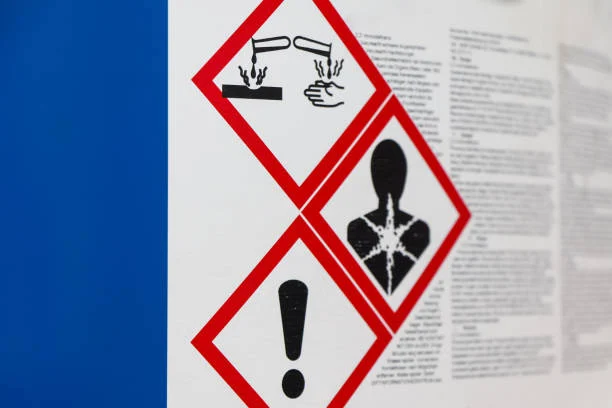
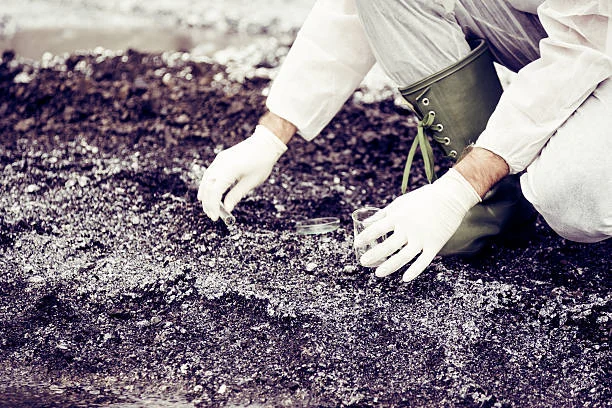
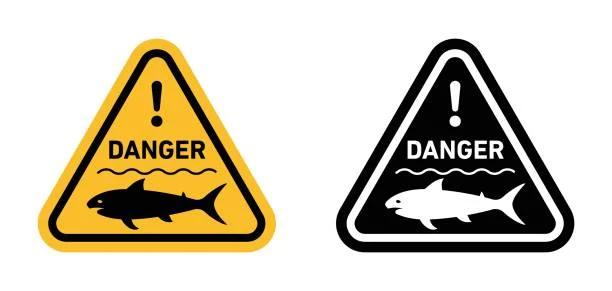
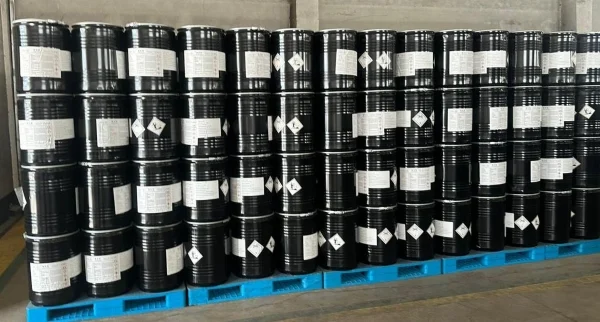
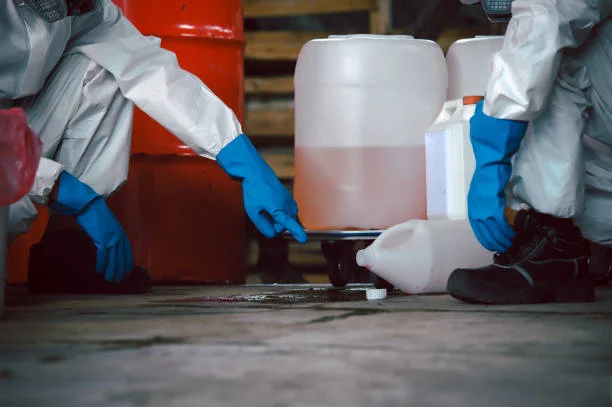
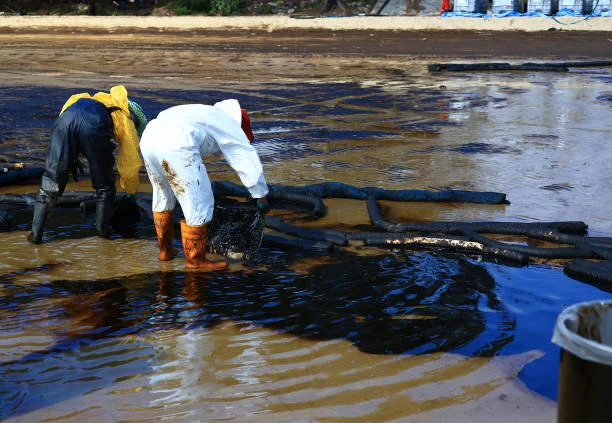

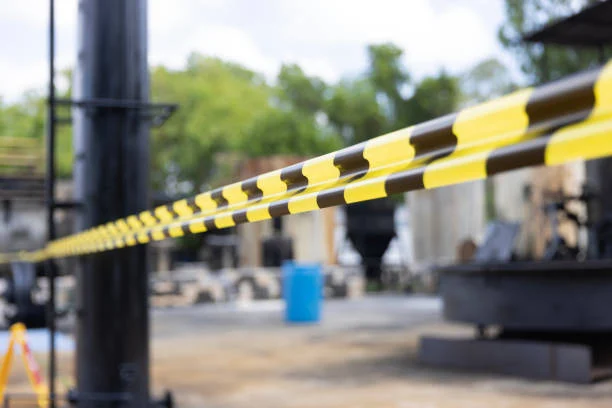


Online message consultation
Add comment: